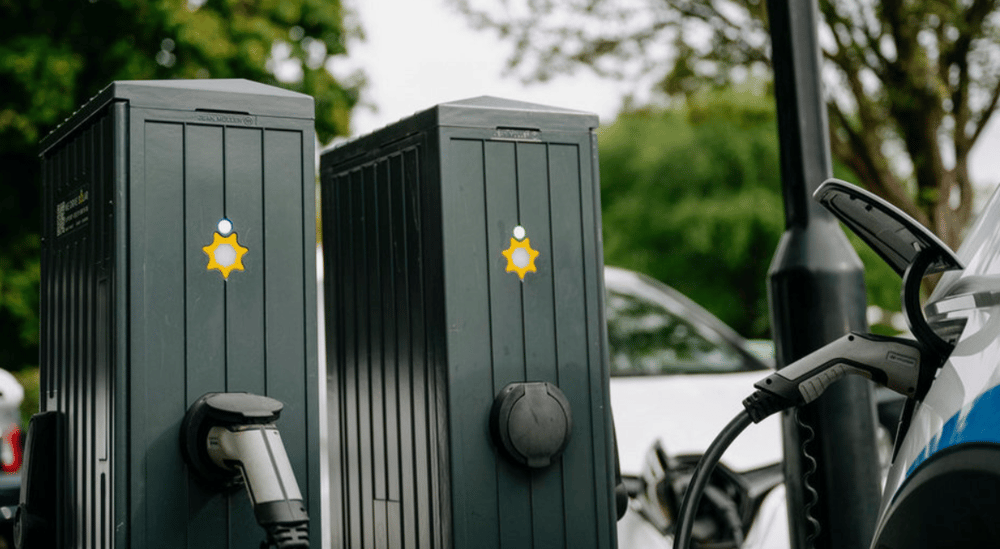Dutch Company MyWheels Integrates Renault EVs with Vehicle-to-Grid Technology to Enhance Netherlands Energy Grid
The Dutch car-sharing company MyWheels is set to deploy the first of 500 Renault electric vehicles (EVs) equipped with vehicle-to-grid (V2G) technology this week, marking a significant advancement in sustainable transport and energy integration in the Netherlands. V2G enables EVs not only to consume energy but also to feed electricity back into the grid during peak demand periods, thus contributing to grid stability and efficiency.
This innovative step coincides with broader efforts across Europe to adopt smart charging and grid balancing solutions, essential for accommodating growing renewable energy sources and managing fluctuating electricity demands.
The Commercial Viability and Impact of Vehicle-to-Grid Technology on Energy Systems
Vehicle-to-grid technology, while conceptually known for several years, has only recently become commercially feasible thanks to improvements in smart charging infrastructure and the durability of EV batteries capable of handling frequent energy exchanges.
By integrating 500 Renault EVs into MyWheels’ fleet with V2G capability, the company will significantly contribute to balancing the Dutch electricity grid. During periods of high electricity consumption, these vehicles can discharge stored energy back into the grid, effectively acting as decentralized energy storage units.
This approach helps reduce strain on the grid, mitigates the need for expensive peaker plants, and supports the integration of intermittent renewable energy sources like solar and wind. The technology also introduces a new revenue stream for EV owners and fleet operators through demand response incentives.

Key Facts
MyWheels will integrate the first of 500 Renault EVs with V2G technology in the Netherlands this week.
V2G allows bidirectional energy flow between vehicles and the electric grid.
Smart charging and improved battery durability underpin recent commercial viability of V2G.
EV fleets with V2G can help manage peak electricity demand and support renewable energy.
The Netherlands is a frontrunner in adopting innovative energy storage and grid solutions.
Market Reaction and Industry Perspectives on V2G Expansion
The integration of V2G technology by MyWheels reflects a growing trend among European energy and transportation sectors to leverage EVs as active participants in grid management. Energy market analysts highlight that V2G could revolutionize demand-side management, making electricity grids more resilient and cost-efficient.
Electric utilities and regulators in the Netherlands have expressed cautious optimism, noting that wider V2G adoption requires regulatory frameworks that incentivize EV owners while ensuring grid safety and reliability.
The commercial introduction of V2G-capable fleets by car-sharing companies signals a shift towards sustainable urban mobility models that simultaneously support the transition to low-carbon energy systems.

Key Takeaways
MyWheels’ V2G-enabled EV fleet deployment exemplifies commercial adoption of smart grid technologies.
V2G systems offer grid operators a flexible resource to balance supply and demand efficiently.
Battery longevity and smart charging infrastructure advancements are critical to V2G success.
Regulatory support and market incentives are necessary for widespread V2G implementation.
The initiative positions the Netherlands as a leader in integrating EVs with national energy grids.
Strategic Importance of Vehicle-to-Grid Integration for European Energy and Transport Sectors
The deployment of Renault electric vehicles with vehicle-to-grid technology by MyWheels represents a pioneering step in the evolution of energy systems and urban mobility within Europe. V2G’s ability to transform EVs into dynamic energy assets enhances grid stability and supports the integration of renewables, addressing key challenges in modern energy management.
As this technology gains traction, it is expected to reshape how electricity grids operate, enabling a more decentralized and sustainable energy future. MyWheels’ initiative also highlights the growing commercial potential of V2G systems, setting a benchmark for other car-sharing and fleet operators across Europe.















Comments
A bold investment move like this could accelerate the transition to intelligent automation
Moves like this highlight the strategic value of automation in next-generation platforms